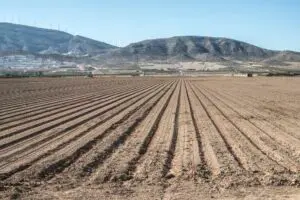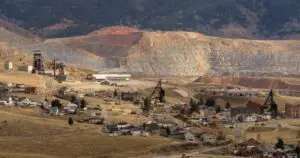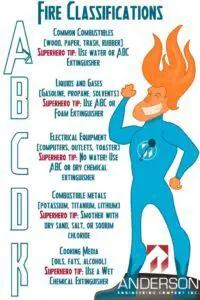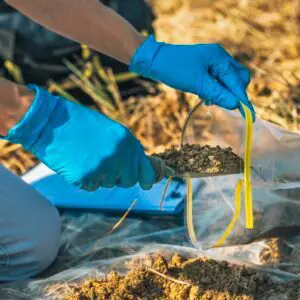
Environmental Remediation and Sources of Water Pollution: Point and Nonpoint Sources
Water, known as the “universal solvent,” can dissolve a majority of substances compared to other liquids on earth. Because of this unique property, it is


Water, known as the “universal solvent,” can dissolve a majority of substances compared to other liquids on earth. Because of this unique property, it is

We at Anderson, understand that environmental characterization is a crucial step in any site remediation process. It is necessary for providing vital information required for analyzing the extent of
Smelters are facilities that extract more refined metals from ores. Copper, lead, nickel, silver, zinc, gold, cobalt and cadmium are extracted using this procedure from

Having a fire extinguisher is not enough. You need to have the proper fire extinguisher. This simple poster quickly communicates the proper fire extinguisher for

The regulatory requirements for mining, especially in the United States are highly complicated and burdensome. Companies have to navigate a complex set of regulations and

In the last few years, the demand for pallets has drastically increased in various sectors such as retail, food & beverages, chemicals, and others. Increase

AI is changing the business landscape, from customer service and sales to product design as well as supply chain and supply chain management. Many of

Heavy metals are naturally occurring elements that accumulate in the soil due to anthropogenic activities such as mining, smelting, corrosion, and agricultural activities. These elements

For structures located in earthquake-prone areas, it’s important that they’re engineered to withstand large amounts of force. The response reduction factor in structural engineering takes

Soil contamination is a form of land degradation brought by the spillage, migration, or burying of hazardous contaminants to the soil ecosystem from untreated industrial